This article was medically reviewed by Scott Tobis, MD and by wikiHow staff writer, Danielle Blinka, MA, MPA. Dr. Scott Tobis is a board certified Urologist. With more than seven years of experience, he specializes in treating patients for urologic conditions such as urologic cancers, prostate enlargement, vasectomy, kidney stones, frequent/urgent urination, erectile dysfunction, incontinence, and blood in the urine. Dr. Tobis holds a BS in Cellular and Developmental Biology from The University of California, Santa Barbara, and an MD from Dartmouth Medical School. He completed his internship in General Surgery and residency in Urologic Surgery at the University of Rochester School of Medicine and Dentistry and his fellowship in Urologic Oncology and Robotic Surgery at The City of Hope National Medical Center. Dr. Tobis is a diplomat of the American Board of Urology.
This article has been viewed 39,017 times.
When you’re submitting urine for testing, it’s important that your sample is sterile so that your test results are accurate. Fortunately, it’s a pretty simple process. Before you take your sample, it’s important to clean your genital area with a disinfectant cloth.[1] Then, you’ll collect your urine in a sterile cup. Finally, give the cup to your provider or store it in your refrigerator for up to 24 hours.
Steps
Ensuring Cleanliness
-
1Get a sterile plastic container from your doctor or a kit. Ask your doctor for a container to collect your sample or buy a kit from your pharmacy. This ensures that your sample will be sterile.[2]
- Don’t touch the inside of the cup or lid. Additionally, don’t put anything else in the cup, including soap and water. This can contaminate it.
Variation: If you’re taking the sample from an infant, get a plastic bag with adhesive on the end from your doctor. After washing your baby’s genitals with soap and water, attach the adhesive around their entire penis or labia. Then, check on the bag often and remove it when it contains urine.[3]
-
2Label the container with your name, your date of birth, and today’s date. Use a marker to write your information on the cup. Make sure your writing is legible so the lab tech knows the sample is yours.[4]
- If your container has a sticker label, you may use a pen instead of a marker.
Advertisement -
3Wash your hands using soap and warm water. Rinse your hands and wrists under a stream of warm water. Then, apply soap to your palm and rub your palms together to work up a lather. Scrub your hands and wrists for at least 30 seconds to make sure they’re clean. Then, rinse away all of the soap under warm water.[5]
- Pat your hands dry on a clean towel.
-
4Wipe your genital with sanitizing towelettes to prevent contamination. It’s normal to have bacteria around your genital area, so you need to clean it. Use a disinfectant towelette to wipe down the area. Your doctor or the kit should provide you a towelette.[6] [7]
- To clean a vagina, use your fingers to spread your labia, then wipe the inside of your labia from front to back. Next, use a fresh cloth to clean your urethra, which is in front of your vaginal opening.[8]
- To clean a penis, wipe down the head of your penis. If you have a foreskin, push it back so that you can clean the entire area.[9]
Urinating into the Container
-
1Begin to urinate into the toilet. Sit down on the toilet and begin to urinate. This will wash away any remaining bacteria around your urethra.[10]
- If you’re a man, it’s okay to stand in front of the toilet if you’re more comfortable that way.
Variation: If your doctor asked for a dirty sample, start urinating directly into the cup. The ensures that any bacteria that are around your urethra will be present in your sample.
-
2Stop your stream of urine so you can collect a mid-stream sample. After 2-3 seconds of urinating, tighten your pelvic muscles to stop the stream. Then, place your cup under your urethra so you can catch a mid-stream sample of your urine.[11] [12]
Variation: If you can’t stop your stream of urine, carefully place the container under the stream after 2-3 seconds of urinating to collect your sample. Do your best not to get urine on the outside of the cup. If you do, wipe it down with a clean paper towel.[13]
-
3Urinate into the cup until it’s about half full. If you can, watch how much urine is going into the cup. Otherwise, stop your stream every few seconds and check to see how much urine is in the cup. Stop urinating into the cup when it’s about halfway full.[14]
- If your doctor told you to fill it more than halfway, follow their instructions.
-
4Finish urinating into the toilet. If your bladder isn't empty, continue urinating into the toilet until you're finished. Then, wipe yourself like you normally would after using the restroom.[15]
- Wait to flush the toilet until after you’ve sealed your sample container. This will prevent spray from the toilet from getting into your sample.
-
5Seal the container to secure the sample. Place the lid onto the sample container, then screw or pop it in place. This keeps your sample from spilling and ensures that it won’t get contaminated.[16]
- Use the lid that came with your container.
Submitting Your Sample
-
1Wash your hands using soap and warm water. Wet your hands under a stream of running water, then apply soap to your palm. Rub your hands together for about 30 seconds to work up a lather. Then, rinse your hands under the warm water to remove the soap.[17]
- Don’t get soap and water on your sample because it could possibly get contaminated.
-
2Provide the urine sample to your medical provider. If you’re doing the collection in their office, follow their instructions for handing over the sample. You might place it into a lab collection window or hand it to a technician. If you took the collection at home, place the container in a clean plastic storage bag. Then, take it to your medical provider right away.[18]
- If you have any questions about submitting your sample, ask your doctor’s office so that you understand what to do.
-
3Store the urine sample in your refrigerator if you need to hold it. When your urine sits at room temperature, bacteria can multiply rapidly. This can ruin your test results. To protect your sample, put it in a clean plastic bag and place it in your refrigerator until it’s time to take it to your doctor.[19]
- Don’t store your urine longer than 24 hours. At that point, you’ll need to take a new sample using a fresh container.
Expert Q&A
-
QuestionWhy does my urine test keep coming back contaminated?
 Scott Tobis, MDDr. Scott Tobis is a board certified Urologist. With more than seven years of experience, he specializes in treating patients for urologic conditions such as urologic cancers, prostate enlargement, vasectomy, kidney stones, frequent/urgent urination, erectile dysfunction, incontinence, and blood in the urine. Dr. Tobis holds a BS in Cellular and Developmental Biology from The University of California, Santa Barbara, and an MD from Dartmouth Medical School. He completed his internship in General Surgery and residency in Urologic Surgery at the University of Rochester School of Medicine and Dentistry and his fellowship in Urologic Oncology and Robotic Surgery at The City of Hope National Medical Center. Dr. Tobis is a diplomat of the American Board of Urology.
Scott Tobis, MDDr. Scott Tobis is a board certified Urologist. With more than seven years of experience, he specializes in treating patients for urologic conditions such as urologic cancers, prostate enlargement, vasectomy, kidney stones, frequent/urgent urination, erectile dysfunction, incontinence, and blood in the urine. Dr. Tobis holds a BS in Cellular and Developmental Biology from The University of California, Santa Barbara, and an MD from Dartmouth Medical School. He completed his internship in General Surgery and residency in Urologic Surgery at the University of Rochester School of Medicine and Dentistry and his fellowship in Urologic Oncology and Robotic Surgery at The City of Hope National Medical Center. Dr. Tobis is a diplomat of the American Board of Urology.
Board Certified Urologist Due to variations in anatomy, it can be more challenging for some patients to give sterile urine samples. If contamination from skin bacteria is detected then medical professional can use a catheter to obtain a sterile sample directly from the bladder.
Due to variations in anatomy, it can be more challenging for some patients to give sterile urine samples. If contamination from skin bacteria is detected then medical professional can use a catheter to obtain a sterile sample directly from the bladder.
Warnings
- If your urine sample is contaminated, it can affect your test results. Be very careful that you don’t get germs from your hands or genitals in the sample.⧼thumbs_response⧽
- Don’t touch the inside of the cup or lid because it will contaminate your sample.⧼thumbs_response⧽
References
- ↑ Scott Tobis, MD. Board Certified Urologist. Expert Interview. 26 August 2021.
- ↑ https://medlineplus.gov/ency/article/007487.htm
- ↑ https://www.rch.org.au/kidsinfo/fact_sheets/Urine_samples/
- ↑ https://www.nhs.uk/common-health-questions/infections/how-should-i-collect-and-store-a-urine-sample/
- ↑ https://www.nationwidechildrens.org/family-resources-education/health-wellness-and-safety-resources/helping-hands/clean-catch-urine-collection-guidelines-for-males-and-females
- ↑ Scott Tobis, MD. Board Certified Urologist. Expert Interview. 26 August 2021.
- ↑ https://medlineplus.gov/ency/article/007487.htm
- ↑ Scott Tobis, MD. Board Certified Urologist. Expert Interview. 26 August 2021.
- ↑ Scott Tobis, MD. Board Certified Urologist. Expert Interview. 26 August 2021.
- ↑ http://www.bvhealthsystem.org/media/file/General%20Urine%20Specimen%20Collection.pdf
- ↑ Scott Tobis, MD. Board Certified Urologist. Expert Interview. 26 August 2021.
- ↑ https://medlineplus.gov/ency/article/007487.htm
- ↑ https://www.nhs.uk/common-health-questions/infections/how-should-i-collect-and-store-a-urine-sample/
- ↑ https://medlineplus.gov/ency/article/007487.htm
- ↑ https://www.nhs.uk/common-health-questions/infections/how-should-i-collect-and-store-a-urine-sample/
- ↑ http://www.bvhealthsystem.org/media/file/General%20Urine%20Specimen%20Collection.pdf
- ↑ https://www.nhs.uk/common-health-questions/infections/how-should-i-collect-and-store-a-urine-sample/
- ↑ https://medlineplus.gov/ency/article/007487.htm
- ↑ https://www.nhs.uk/common-health-questions/infections/how-should-i-collect-and-store-a-urine-sample/
- ↑ https://medlineplus.gov/ency/article/007487.htm
- ↑ https://www.nhs.uk/common-health-questions/infections/how-should-i-collect-and-store-a-urine-sample/


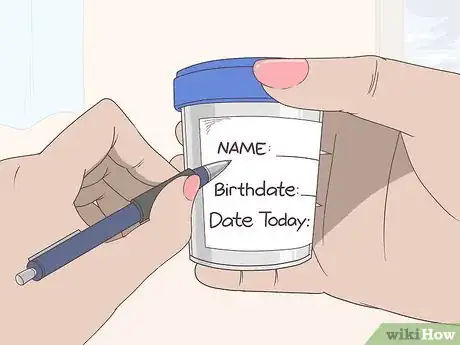
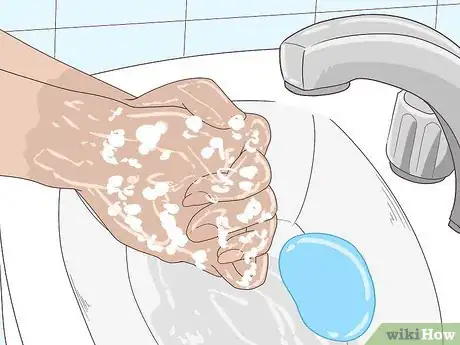
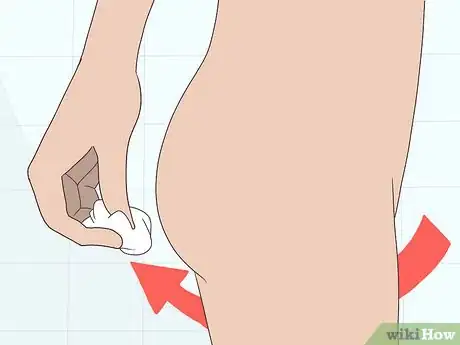
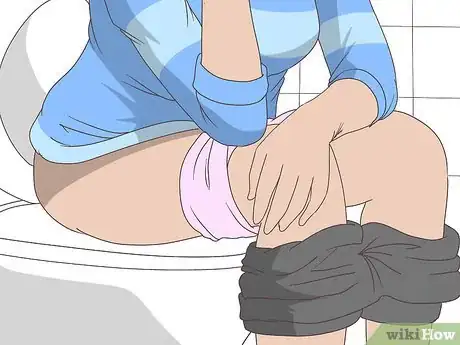
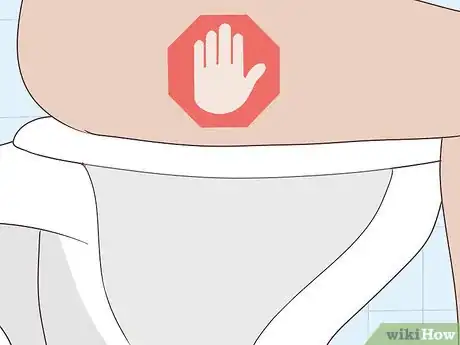
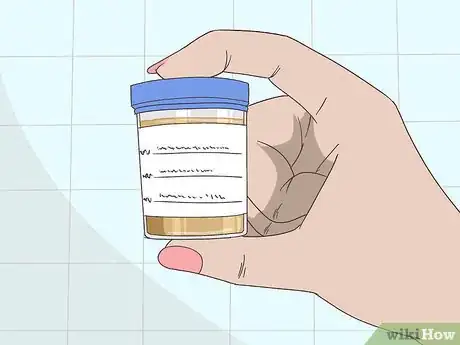
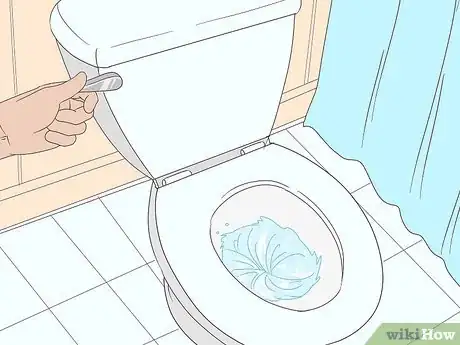
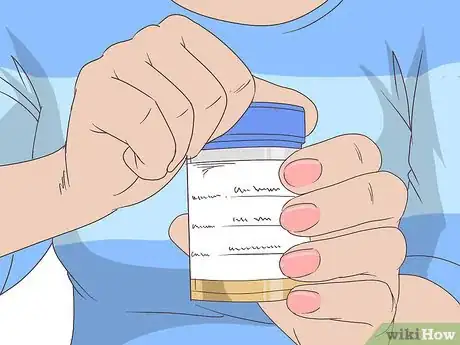
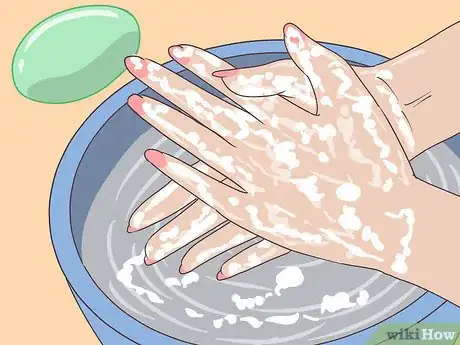
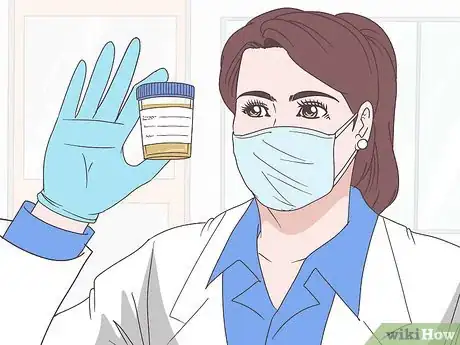
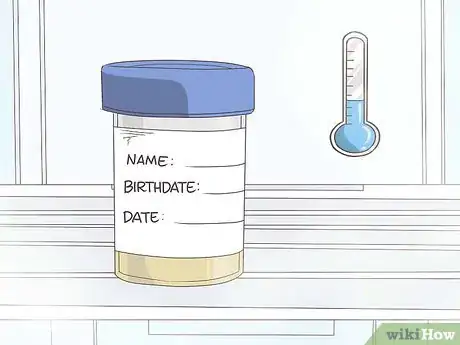
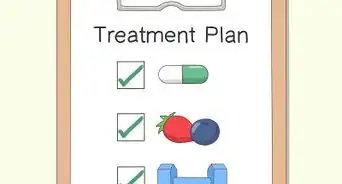






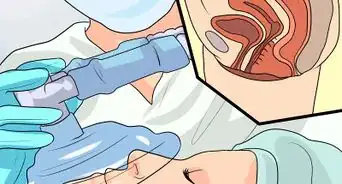



















































Medical Disclaimer
The content of this article is not intended to be a substitute for professional medical advice, examination, diagnosis, or treatment. You should always contact your doctor or other qualified healthcare professional before starting, changing, or stopping any kind of health treatment.
Read More...